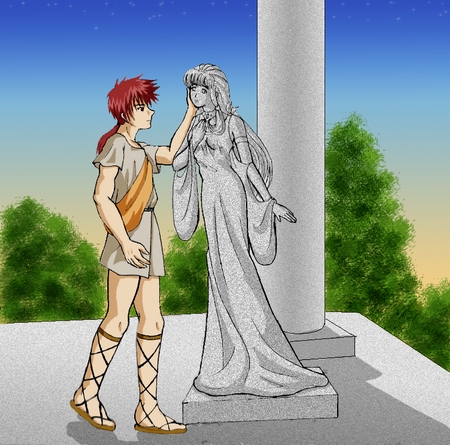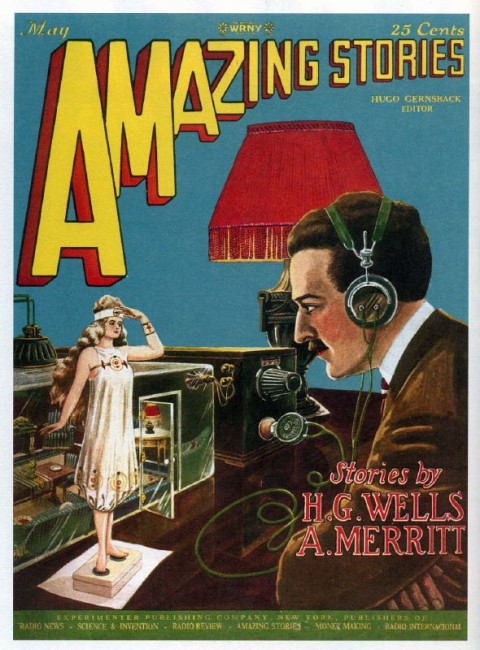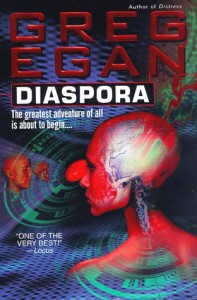If you are reading this, then you can write.
Longer form: since you are reading this, you are obviously literate (and allow me to commend you on your excellent taste in reading material ) and since you are reading this blog, most likely you have a lively and unusual erotic imagination. Congratulations, dear reader! Now allow me to urge you to start writing for yourself, if you do not already do so.
You’ll be glad that you do.
(Found at the blog Automatic Writing, which also has some cool pulp covers.)
In my own experience trying to write down some of the scenes in my heads was an intense experience. When it goes well, you feel as if you are living inside the scene, with all that that entails. So the very act of writing can be a fine source of erotic satisfaction in and of itself, even if you’re just writing for the drawer. (I suppose I need not mention that it also cheap and sanitary.)
But beyond this, there’s a profound intellectual advantage to trying to write down what’s in your head, in line with Forster’s remark above. Writing is challenging even when it is fun, and it demands energy and attention. However much time and energy you have, you simply can’t write down everything: you will have to make choices. As such, trying to write down the scenes in your head forces you to try to think through what matters to you and why: why these characters, and why these particular details? Why does Nanetta Rector have reddish-brown hair? Why does the Club Cuisine have naked girls swimming in tanks? Why all these damn octopuses? Well, I think there are reasons for all of these things, but I would never have discovered them if I hadn’t started to write. There are probably reasons, buried in my personal history and genetic makeup, for every detail-choice I make in my own writing, and there will be in yours as well. Writing thus becomes an act of remembering things about your life you didn’t realize you had forgotten, and learning things about yourself that you didn’t know before. It is a great technology of self-discovery. Use it!
Oh, and by the way, if you’re lucky (and I was lucky) you’ll discover kinks you didn’t know you had before, which is great, because these too can be exploited for pleasure. A little virtuous circle: the pursuit of pleasure generates knowledge that generates more pleasure that encourages the pursuit of more knowledge, and so on, all the way to paradise perhaps (though that’s highly speculative and will be the subject of its own post).
It might be tricky getting started but don’t be discouraged. Susie Bright‘s How to Write a Dirty Story is good for greasing the mental gears, so I do recommend your reading it. Whether you might want to follow my lead in writing not prose but parascripts (for imagined comic books or movies) is entirely up to you. It reflects my own idiosyncratic inclinations: much of the formation of my own erotic consciousness was by visual media like pulp and paperback covers, comic books, and of course movies, so it feels natural to write in modes closely tied to an implied visual experience. (Also, when writing in ways tied to an implied visual experience it becomes much easier to stick to the rule of “show, don’t tell.”) If you’re like me in that respect and want a helpful tool, I recommend Celtx, which is free software which neatly and automatically formats things like comic book scripts and screenplays (and even radio scripts, in case your erotic consciousness involves a lot of implied aural experience).
Do what works for you, and good luck on your literary mission!




